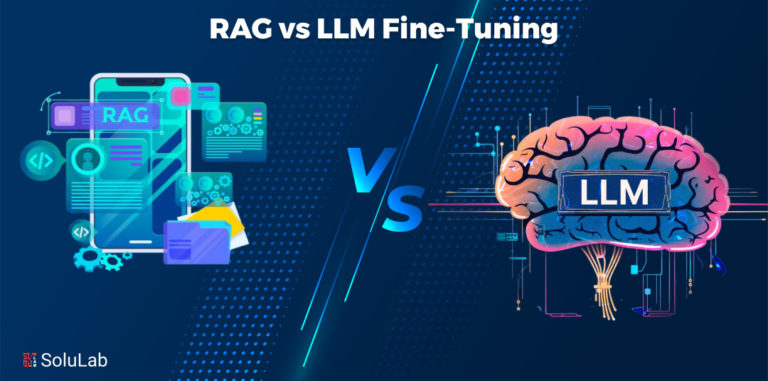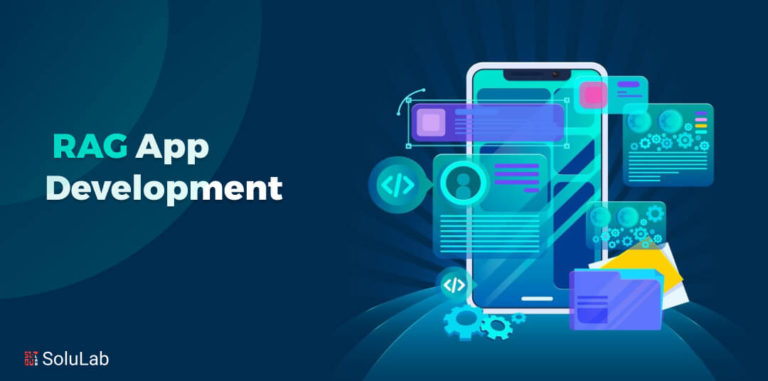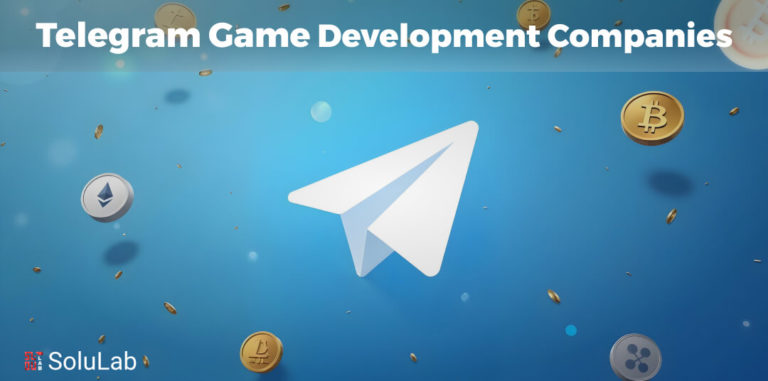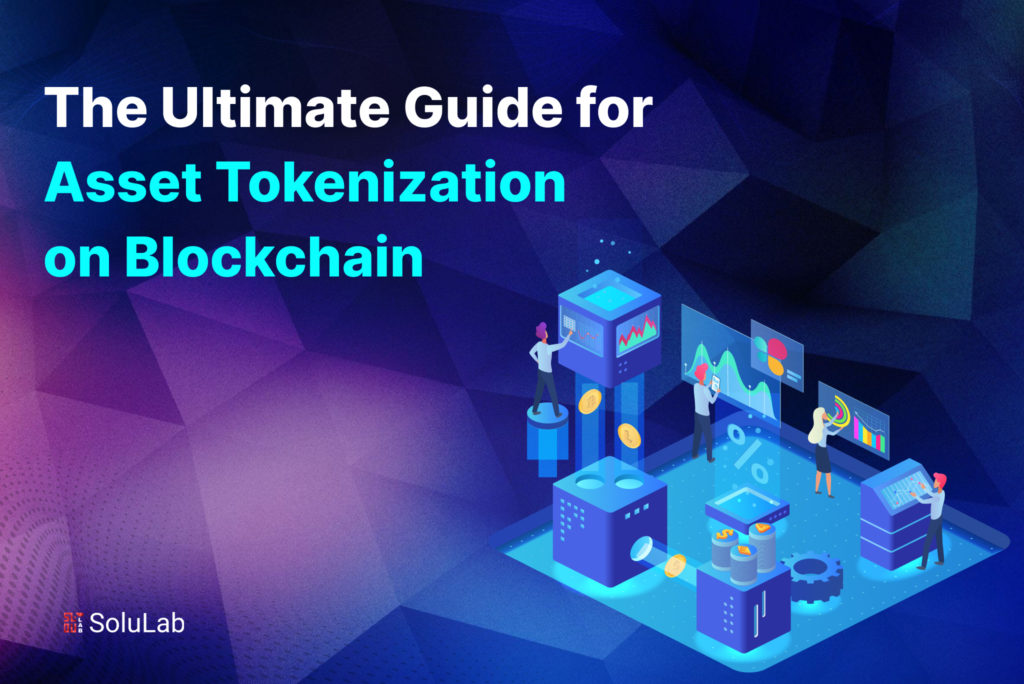
In today’s fast-paced and ever-evolving financial landscape, a groundbreaking transformation is taking place. Today, we will be elaborating more on “The Ultimate Guide for Asset Tokenization on Blockchain.” In this comprehensive exploration, we will embark on a journey into the world of asset tokenization, uncovering its significance, benefits, and diverse use cases. Asset tokenization, often referred to simply as tokenization, represents a pivotal shift in how we perceive and manage assets. From real estate and artwork to stocks and commodities, the concept of asset tokenization empowers us to digitize ownership securely on the blockchain.
Blockchain can make art more accessible to art lovers and artists alike by allowing them to tokenize their work and sell it around the world without intermediaries. One recent example that made headlines was the successful tokenization of the first multi-million dollar work of art, a painting by Andy Warhol titled “14 Small Electric Chairs (1980).” The main purpose of the beta auction was to test the Dutch auction process and generally assess the functionality of artwork tokenization and blockchain technology.
But what exactly is asset tokenization, and why is it generating so much buzz? This will not only answer these questions but also provide real-world examples and insights into the tokenized assets platform and the blockchain’s role in asset management.
Imagine a world where ownership is democratized, offering fractional ownership, increased liquidity, reduced transaction costs, and expanded investment opportunities. Asset tokenization is turning this vision into reality, reshaping the way we invest and manage assets.
Understanding Asset Tokenization
Asset tokenization is the process of converting ownership rights in an asset into digital tokens on a blockchain. This allows for the secure and efficient transfer of ownership, as well as the fractionalization of assets, making them more accessible to a wider range of investors. These tokens serve as digital certificates of ownership, recorded securely on the blockchain, providing immutable proof of who owns the asset. According to a report by Deloitte, the total market capitalization of tokenized assets is projected to reach $24 trillion by 2027, indicating a substantial shift in how assets are owned and traded.
The Digital Transformation
Asset tokenization merges traditional ownership concepts with the capabilities of blockchain technology, resulting in several transformative outcomes:
- Fractional Ownership: Assets can be divided into smaller, more affordable units, allowing a broader range of investors to participate.
- Increased Liquidity: Tokenization enhances liquidity by making it easier to trade assets on secondary markets.
- Reduced Transaction Costs: Blockchain transactions are efficient and cost-effective, cutting out many intermediaries.
- Global Accessibility: Asset tokenization breaks down geographical barriers, enabling global investments and opportunities for asset owners.
Have A Look at Our Blog: 15 Blockchain Companies Shaping the Real Estate Industry
Tokenization on the Blockchain
Tokenization has profound implications across various industries. We will explore these implications, including how blockchain asset management, tokenized assets platforms, and asset tokenization development services are instrumental in realizing their full potential. The global asset tokenization market size was valued at USD 2.3 billion in 2021 and is expected to reach USD 5.6 billion by 2026, registering a CAGR of 19.0% during the forecast period.
As we delve further, we’ll uncover the technology and platforms driving this transformation and how they are revolutionizing traditional ownership structures. Looking at technologies that are mostly used for STO/ICOs, Ethereum appears as the current leader in terms of the number of projects, with more than 94% of STOs performed on it as of June 2019. However, some other Blockchains have begun to emerge as contenders, such as Tezos, which has more than $3 billion worth of STOs announced to be conducted on the protocol and some major actors announcing that they will prefer Tezos for performing tokenization or even move from Ethereum to Tezos.
Benefits of Asset Tokenization
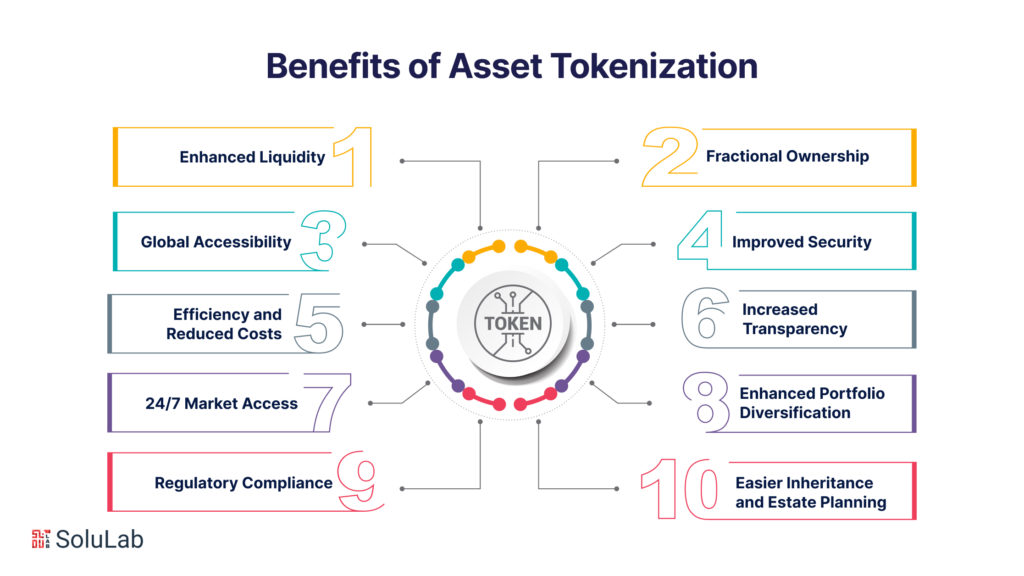
Asset tokenization is the process of converting real-world assets into digital representations, also known as tokens. This can be done by dividing the asset into smaller units, called tokens, which can then be traded on a blockchain. Asset tokenization is still in its early stages, but it has the potential to revolutionize the financial system.
In the example you provided, a $200,000 apartment could be divided into 200,000 tokens, each of which would represent a 0.0005% share of the apartment. This would make it possible for anyone to buy a small piece of the apartment, even if they could not afford to buy the entire property.
Smart contracts could be used to automate the management of the apartment, such as collecting rent and paying for maintenance. This would reduce the need for intermediaries and could save money.
In a survey conducted by PwC, 82% of respondents cited increased liquidity as a primary benefit of asset tokenization. The benefits of asset tokenization are manifold and have the potential to reshape the financial landscape.
Read Our Blog Also: Top 5 Enterprise Blockchain Platforms of 2023
-
Enhanced Liquidity
Traditional assets, such as real estate and fine art, tend to have limited liquidity. Asset tokenization transforms these illiquid assets into tradable digital tokens. This increased liquidity allows owners to sell their assets more easily and at any time, attracting a broader pool of potential investors.
-
Fractional Ownership
Asset tokenization divides ownership into smaller, more manageable fractions. For instance, you can own a fraction of a prestigious real estate property or a piece of valuable artwork. This democratizes investments, enabling individuals to participate in assets they might not afford otherwise.
-
Global Accessibility
Blockchain-based digital asset tokenization eliminates geographical barriers. Investors from around the world can access and invest in tokenized assets without the need for complex international transactions, currency conversions, or intermediaries.
-
Improved Security
The blockchain’s inherent security features ensure the authenticity and integrity of tokenized assets. Ownership records are transparent, tamper-resistant, and protected by cryptographic mechanisms. This helps to mitigate the risk of fraud and disputes.
-
Efficiency and Reduced Costs
Traditional asset transfers often involve multiple intermediaries, paperwork, and significant time delays. Real asset tokenization simplifies this process, reducing transaction costs and eliminating intermediaries. Smart contracts can automate various aspects of asset management and distribution.
-
Increased Transparency
Blockchain technology provides a transparent and auditable ledger of ownership and transactions. Anyone with access to the blockchain can verify the ownership of tokenized assets, enhancing trust in the system.
Read Blog: The Ultimate Guide to Investing in Tokenized Real Estate
-
24/7 Market Access
Tokenized assets are traded on blockchain-based platforms that operate 24/7. This continuous market access allows investors to buy or sell assets at their convenience, eliminating the need to wait for traditional market opening hours.
-
Enhanced Portfolio Diversification
Asset tokenization enables investors to diversify their portfolios easily. They can invest in a wide range of assets across different industries, spreading risk and potentially increasing returns.
-
Regulatory Compliance
Asset tokenization platforms often incorporate compliance features to ensure adherence to local and international regulations. This makes it easier for businesses and investors to operate within the legal framework.
-
Easier Inheritance and Estate Planning
Tokenized assets simplify the inheritance process. Ownership can be transferred seamlessly to heirs, reducing the complexities associated with traditional estate planning.
Now, let us look at some of the use cases and examples of the tokenized assets!
Use Cases and Examples of Asset Tokenization
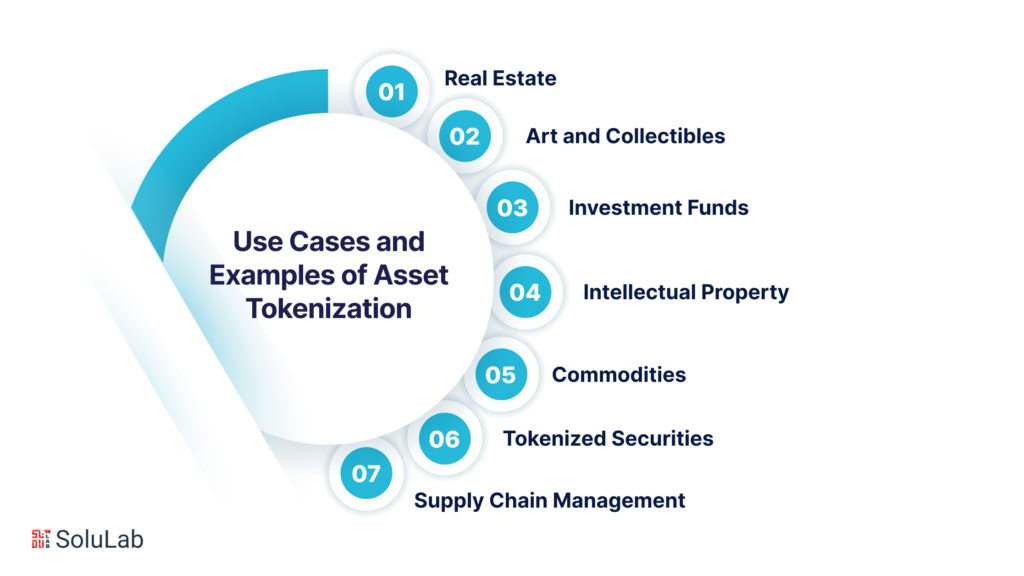
Asset tokenization has found applications across diverse industries, such as:
-
Real Estate
Tokenizing real estate properties is one of the most prominent applications of asset tokenization. Property owners can divide their assets into tokens, making it easier to sell fractions of properties to multiple investors. This opens up investment opportunities in prime real estate markets.
Example: A luxury apartment complex in a desirable urban location is tokenized, allowing investors to purchase fractional ownership. This democratizes real estate investment, making it accessible to a broader range of individuals.
-
Art and Collectibles
Tokenization extends to art, collectibles, and rare items. Owners can tokenize valuable artworks, sculptures, or vintage cars, enabling collectors to buy shares in these assets. This fosters greater participation in the world of art and collectibles.
Example: An art gallery tokenizes a famous painting. Art enthusiasts worldwide can purchase tokens representing ownership in the artwork, facilitating investment in the art market.
Related: Real-World Asset Tokenization
-
Investment Funds
Traditional investment funds often involve complex structures and fees. Asset tokenization simplifies this process, allowing fund managers to create tokens that represent shares in a fund. Investors can readily trade these tokens.
Example: A venture capital firm launches a tokenized fund focused on blockchain startups. Investors can purchase tokens representing shares in the fund, gaining exposure to a diversified portfolio of promising companies.
-
Intellectual Property
Creators of intellectual property, such as musicians, authors, and software developers, can tokenize their work. This grants investors fractional ownership of the intellectual property and allows creators to receive royalties from tokenized usage.
Example: A musician tokenizes their music catalog, allowing fans and investors to buy tokens that provide a share of royalties generated from streaming, licensing, and sales.
-
Commodities
Commodities like precious metals, agricultural products, and energy resources can be tokenized. This facilitates efficient trading, reduces physical handling, and enhances transparency in commodity markets.
Example: A gold mining company tokenizes its gold reserves. Investors can purchase tokens backed by physical gold, gaining exposure to the precious metal market.
-
Tokenized Securities
Traditional financial assets, such as stocks, bonds, and derivatives, can be tokenized to streamline trading processes and improve market accessibility.
Example: A company issues tokenized shares, representing ownership in the company. These tokens can be easily bought and sold on blockchain-based platforms, providing investors with a secure and efficient way to trade securities.
Read Also: Top 20 Supply Chain Startups That Are Using Blockchain Technology
-
Supply Chain Management
Asset tokenization can enhance supply chain transparency. Products, materials, and goods can be tokenized to track their origin, authenticity, and movement through the supply chain.
Example: An organic food producer tokenizes its products. Consumers can scan product QR codes to access information about the product’s journey, ensuring its authenticity and quality.
Asset Tokenization on the Blockchain
Now, we will explore how asset tokenization leverages blockchain technology to revolutionize traditional asset ownership and management. Here, we delve into the core concepts and mechanics of digital asset tokenization on the blockchain. Blockchain is a technology that is often targeted by hackers, just like any other technology. In 2020, blockchain hackers launched 122 cyberattacks and stole $3.78 billion. However, the number of cyberattacks on blockchain platforms has been decreasing in recent years. In 2019, there were 133 attacks targeting various applications. This number decreased by 8% in 2020 to 122 attacks. While this is not a significant decrease, it does reflect the increasing security of blockchain technology.
The technical aspects of asset tokenization on the blockchain involve:
- Smart Contracts: Smart contracts on the blockchain facilitate the automatic execution of agreements, ensuring the security and transparency of tokenized assets.
- Decentralized Ledgers: The decentralized nature of blockchain ledgers prevents data manipulation and enhances trust.
- Consensus Mechanisms: Consensus mechanisms like proof-of-stake and proof-of-work ensure the integrity of the blockchain.
How Asset Tokenization Works?
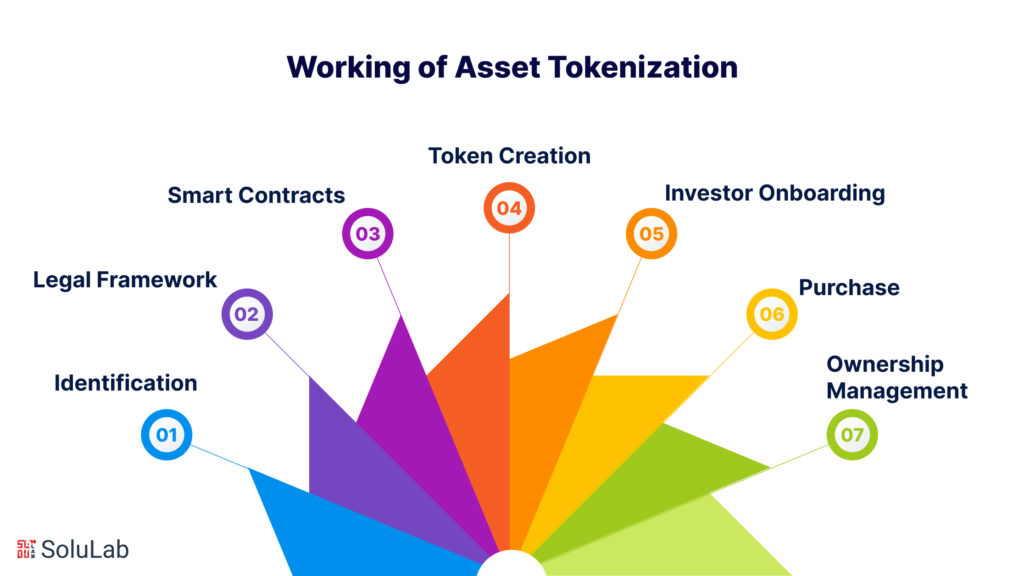
In the token economy, business interactions are reliable, quick, and irreversible. As a result, it is critical to implement the appropriate operational measures that are compliant with regulations. It is necessary to bring new participants, such as KYC utilities and blockchain analytics software vendors, forward to implement better operational measures. Here are the steps on how asset tokenization actually works:
- Identification: Asset owners identify the asset they want to tokenize, whether it’s a property, artwork, or investment fund.
- Legal Framework: Establish a legal and regulatory framework to ensure compliance with local laws and regulations governing tokenized assets.
- Smart Contracts: Smart contracts, self-executing contracts with predefined rules, are created. These contracts automate asset ownership and transfer, ensuring transparency and security.
Read Our Blog Also: Top 12 Real Estate Tokenization Companies in USA
- Token Creation: Tokens representing ownership in the asset are generated on a blockchain. Each token corresponds to a specific fraction of the asset.
- Investor Onboarding: Investors interested in the tokenized asset go through a Know Your Customer (KYC) process to ensure regulatory compliance.
- Purchase: Investors can purchase these tokens, becoming fractional owners of the asset. Transactions are recorded on the blockchain, ensuring transparency and immutability.
- Ownership Management: Asset ownership, including dividend distribution, voting rights, and transfer of tokens, is managed through smart contracts.
Realizing the Future of Finance
In conclusion, Unraveled the transformative realm of asset tokenization, shedding light on its profound significance and the myriad benefits it offers. From fractional ownership to enhanced liquidity, reduced transaction costs, and global accessibility, the advantages of digital asset tokenization are reshaping the future of finance.
We explored diverse tokenization use cases and asset tokenization examples, from real estate to art, investment funds to intellectual property, and commodities to securities. These real-world applications exemplify the versatility of tokenized assets and how they are revolutionizing traditional ownership structures.
In the ever-evolving landscape of asset tokenization, blockchain plays a pivotal role. Blockchain asset management and tokenized asset platforms are instrumental in realizing the full potential of asset tokenization. Understanding how asset tokenization works, including the mechanics of smart contracts, decentralized ledgers, and consensus mechanisms, is key to navigating this transformative wave.
Solulab, a leading player in the asset tokenization development industry, offers comprehensive solutions for asset tokenization on the blockchain. Their expertise in asset tokenization development services ensures compliance, security, and efficiency in the process.
As we venture further into this exciting era of asset tokenization, it is evident that the tokenized assets platform and asset tokenization blockchain will continue to shape the financial landscape. Whether you are an investor, entrepreneur, or technology enthusiast, the knowledge and insights provided in this guide empower you to harness the benefits of asset tokenization and explore its limitless possibilities. For expert guidance on implementing asset tokenization solutions, contact SoluLab today and pave the way to financial innovation.
FAQs
1. What is asset tokenization?
Asset tokenization is the process of converting various types of assets, such as real estate, artwork, or financial instruments, into digital tokens on a blockchain.
2. What are the benefits of asset tokenization?
Asset tokenization offers increased liquidity, fractional ownership, reduced transaction costs, and global accessibility to assets.
3. Which blockchain platforms are commonly used for asset tokenization?
Ethereum, Polkadot, and Tezos are popular blockchain platforms for asset tokenization due to their robust features.
4. How does asset tokenization work on the blockchain?
Asset tokenization involves creating digital tokens that represent ownership of an asset. These tokens are securely recorded on a blockchain.
5. What services do blockchain development companies like SoluLab offer for asset tokenization?
Blockchain development companies provide services such as platform development, security implementation, scalability solutions, and interoperability to facilitate asset tokenization.
6. What industries can benefit from asset tokenization?
Virtually any industry can benefit from asset tokenization, including real estate, art, finance, and more.
7. Is asset tokenization secure?
Yes, asset tokenization on the blockchain enhances security by utilizing cryptographic techniques and decentralized ledgers.
8. Can I invest in tokenized assets from anywhere in the world?
Yes, tokenized assets offer global accessibility, allowing investors from around the world to participate in various markets.
9. What are some real-world examples of asset tokenization?
Real estate properties, fine art collections, and company shares are some examples of assets that have been successfully tokenized.
10. Is asset tokenization a future-proof investment strategy?
Asset tokenization is considered a forward-looking strategy, as it aligns with the growing trend of blockchain technology adoption and offers benefits for investors and asset owners alike.




